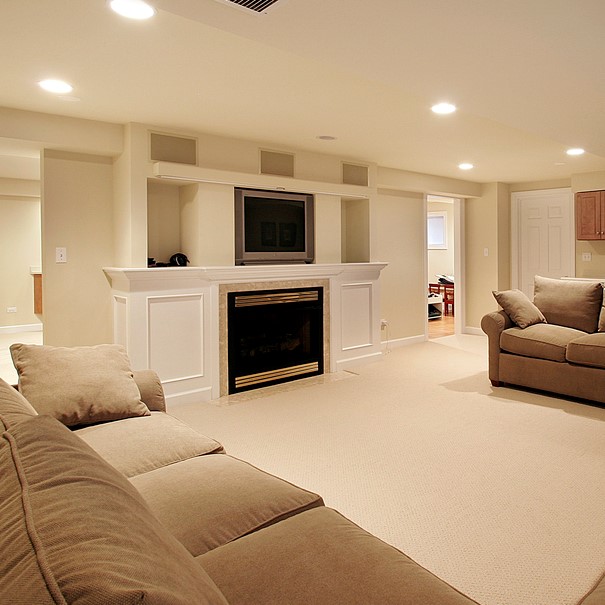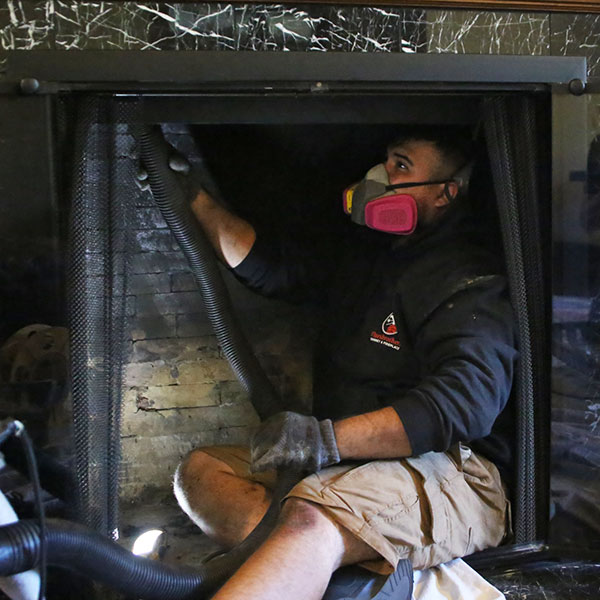How Do I Stop Birds from Coming Down My Chimney?
 During the cold weather months, birds and other animals look for the perfect warm spot to nest. Unfortunately, many animals choose to nest in chimneys. By springtime, many homeowners are wondering “How do I stop birds from coming down my chimney year after year?” Luckily, you can prevent birds from coming down your chimney with a chimney cap.
During the cold weather months, birds and other animals look for the perfect warm spot to nest. Unfortunately, many animals choose to nest in chimneys. By springtime, many homeowners are wondering “How do I stop birds from coming down my chimney year after year?” Luckily, you can prevent birds from coming down your chimney with a chimney cap.
Does your chimney have a chimney cap? If your chimney does not yet have a chimney cap or if the chimney cap is old or possibly damaged, click here or call 781-893-6611 to contact us. We are a team of certified professionals and we have been serving the Boston and Greater Boston area for over thirty years. We would be happy to come and evaluate the state of your chimney cap and/or remove any nesting critters.
Now, we’ll explain how a chimney cap can solve your animal nesting problems.
How Chimney Caps Prevent Birds from Nesting in Your Chimney
 Birds and squirrels typically choose the open space in your chimney flue to create their nests. They are often drawn to the warmth from your fireplace during the winter months and then continue their stay year-round. Not only is the sound of animals nesting in your chimney unnerving, but nests in your chimney can also cause your chimney to be obstructed. Obstructions can block smoke and gas from exiting your chimney which can cause soot damage and lead to carbon monoxide poisoning. Check out our blog on how to tell if your chimney is obstructed to learn more.
Birds and squirrels typically choose the open space in your chimney flue to create their nests. They are often drawn to the warmth from your fireplace during the winter months and then continue their stay year-round. Not only is the sound of animals nesting in your chimney unnerving, but nests in your chimney can also cause your chimney to be obstructed. Obstructions can block smoke and gas from exiting your chimney which can cause soot damage and lead to carbon monoxide poisoning. Check out our blog on how to tell if your chimney is obstructed to learn more.
Chimney caps can prevent this type of harmful and potentially dangerous situation from occurring. A chimney cap is made up of 5 pieces – screening on all four sides and a steel lid. Though they are small and relatively inexpensive to install, many homeowners choose not to install chimney caps. However, we always recommend that chimneys have a chimney cap installed. Not only do they keep animals away, but they also protect your chimney from moisture entry. In addition, chimney caps act as a spark guard, which keeps burning embers from exiting the top of the chimney and onto nearby combustables. Check out our Chimney Cap Guide to learn more about how chimney caps work.
How to Remove Birds and Other Animals From Your Chimney
If you know that there are birds or other animals nesting in your chimney, take action right away. We do not recommend trying to address this issue yourself. It is best to leave climbing on your roof and checking out your chimney to a professional. A Chimney company can come to your property, remove the nest, and sweep your chimney in the process. They can also evaluate why the issue occurred in the first place and work with you to find a solution.
From birds’ nests to squirrels nests, the team at Boston’s Best Chimney has extensive experience in handling unwelcome critters. We would be happy to help you solve your nesting issue and prevent it from happening again. Click here or call 781-893-6611 to get in touch with us.
The post How Do I Stop Birds from Coming Down My Chimney? appeared first on Boston's Best Chimney.



 Many homeowners mistakenly believe that you don’t need to clean the chimney if you’re not using the fireplace. However, that is not the case. Even if you’re not using the fireplace, you still need annual chimney inspections and periodic cleaning. That’s because cracks in the chimney cap, masonry, and other components will expose it to moisture that can affect its structural integrity, eventually leading to extensive repairs. Also, small animals, pests, dust, and debris can accumulate in the chimney. The damp and humid conditions and decaying organic matter can create conditions for mold and bacteria to grow. It can give your house a foul odor, attract rodents, and even cause health issues in some individuals, especially those with allergies, asthma, or respiratory conditions.
Many homeowners mistakenly believe that you don’t need to clean the chimney if you’re not using the fireplace. However, that is not the case. Even if you’re not using the fireplace, you still need annual chimney inspections and periodic cleaning. That’s because cracks in the chimney cap, masonry, and other components will expose it to moisture that can affect its structural integrity, eventually leading to extensive repairs. Also, small animals, pests, dust, and debris can accumulate in the chimney. The damp and humid conditions and decaying organic matter can create conditions for mold and bacteria to grow. It can give your house a foul odor, attract rodents, and even cause health issues in some individuals, especially those with allergies, asthma, or respiratory conditions. It’s easy to clean the chimney yourself.
It’s easy to clean the chimney yourself.
 One of the most common causes of a chimney leak is a damaged or missing chimney cap. The chimney cap is installed on top of the chimney to keep rain and snow out of the flue. Its constant exposure to seasonal weather changes can eventually cause the chimney cap to crack, corrode, or rust allowing water to leak in the chimney and fireplace. Strong wind gusts can cause it to separate from the chimney. If you notice water dripping in the fireplace or pooling in the firebox, your chimney cap may be damaged or missing.
One of the most common causes of a chimney leak is a damaged or missing chimney cap. The chimney cap is installed on top of the chimney to keep rain and snow out of the flue. Its constant exposure to seasonal weather changes can eventually cause the chimney cap to crack, corrode, or rust allowing water to leak in the chimney and fireplace. Strong wind gusts can cause it to separate from the chimney. If you notice water dripping in the fireplace or pooling in the firebox, your chimney cap may be damaged or missing. Preventing Chimney Leaks
Preventing Chimney Leaks
 Although the squeaky wheel usually gets the grease, it can be hazardous to use that policy with regard to your chimney. Sometimes the eye of an experienced, certified chimney sweep is required to spot evidence that a chimney or fireplace needs cleaning or repair. The following, however, are signs that you can see for yourself that fireplace or chimney cleaning or repair are needed.
Although the squeaky wheel usually gets the grease, it can be hazardous to use that policy with regard to your chimney. Sometimes the eye of an experienced, certified chimney sweep is required to spot evidence that a chimney or fireplace needs cleaning or repair. The following, however, are signs that you can see for yourself that fireplace or chimney cleaning or repair are needed. The Chimney Has White Stains
The Chimney Has White Stains